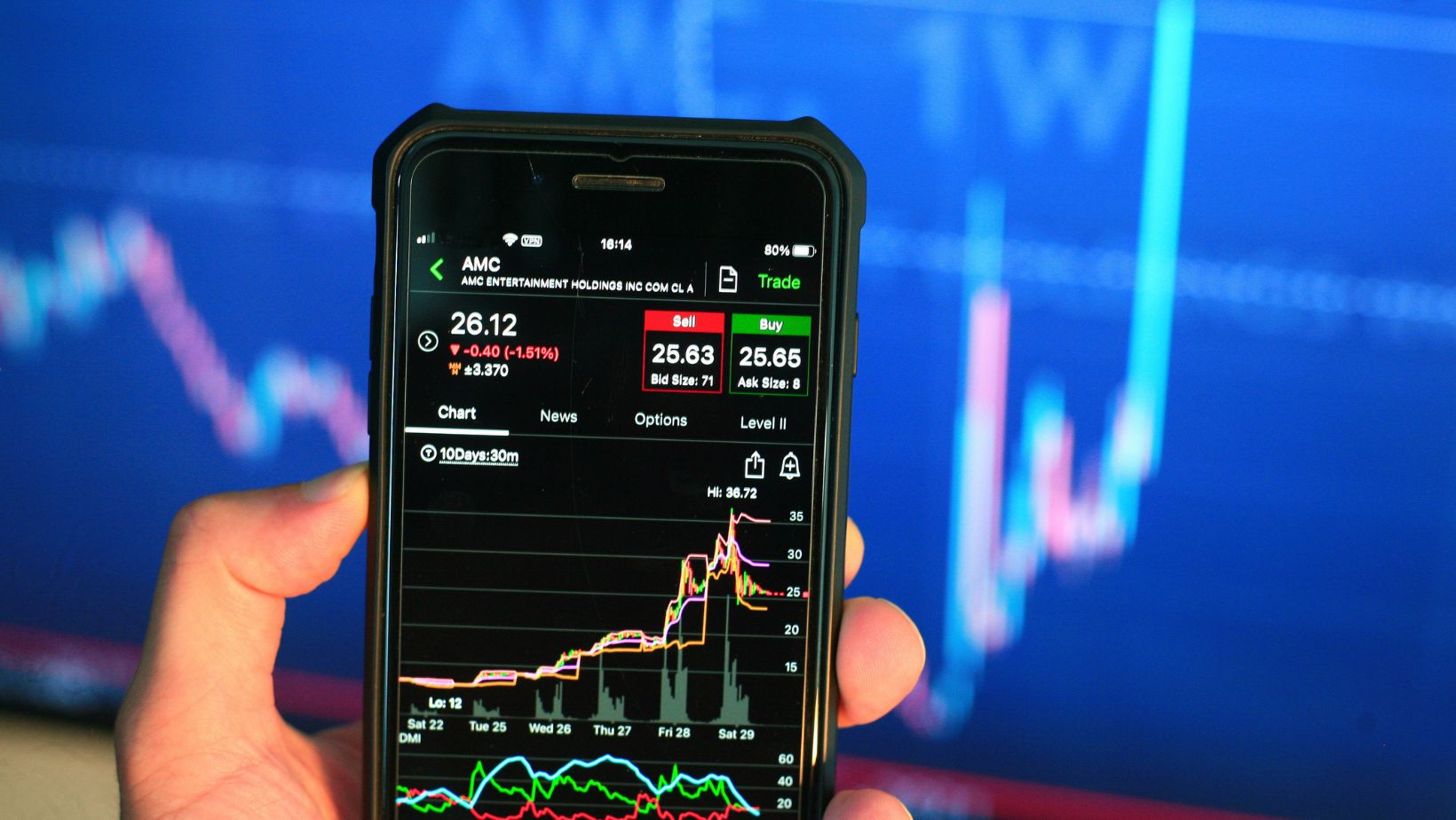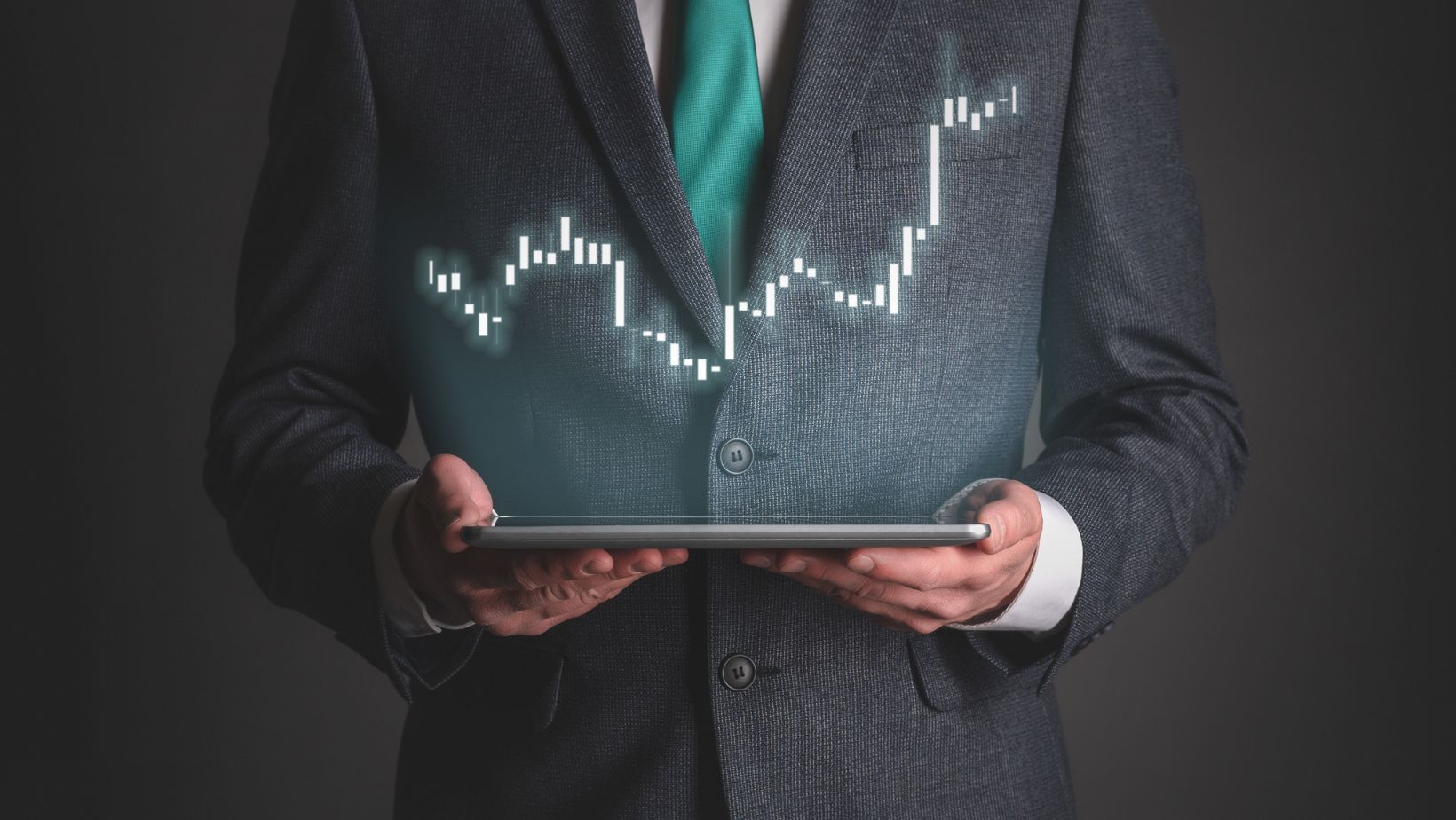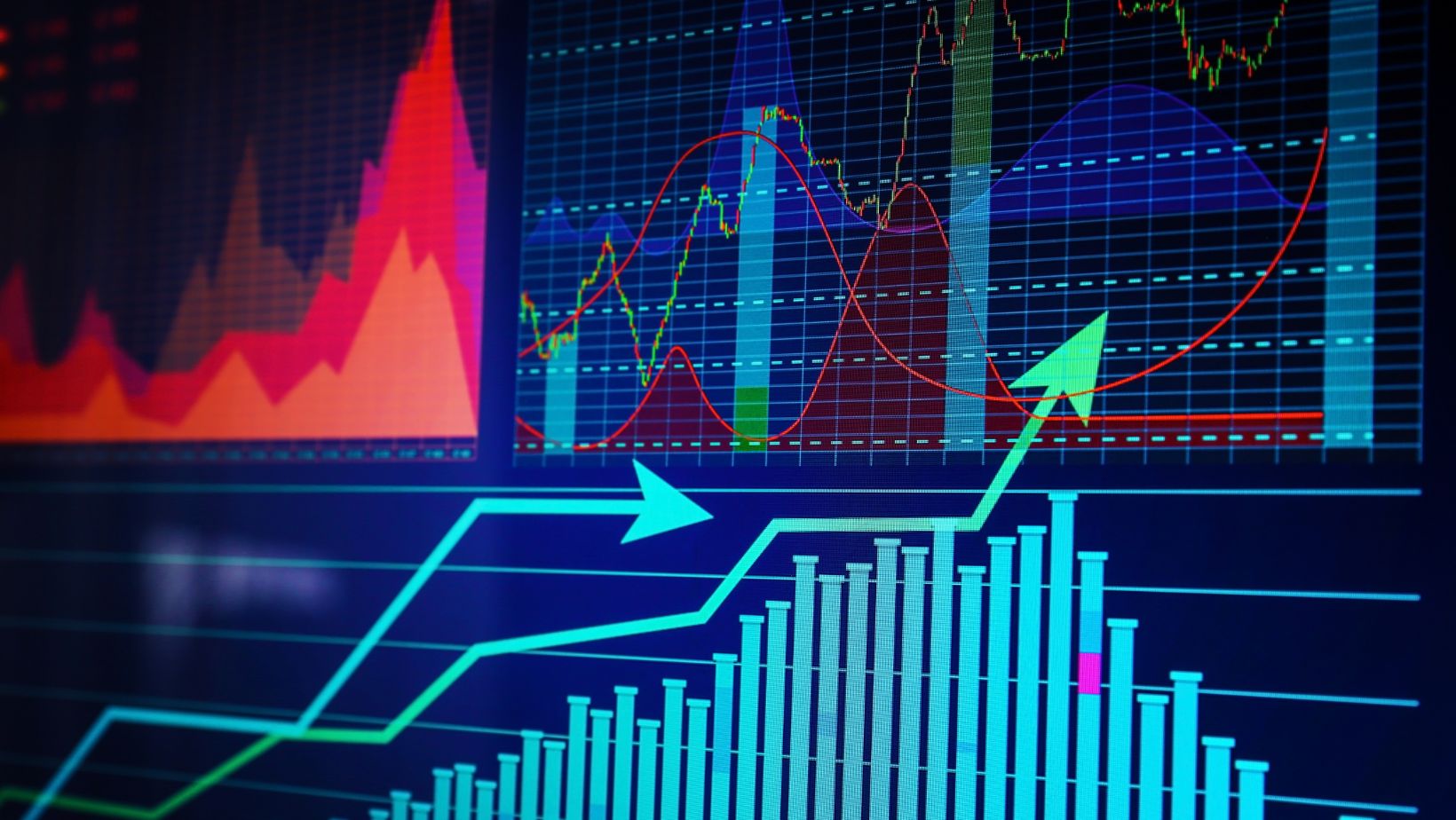
Leverage is a powerful financial tool that can amplify both gains and losses in trading. When it comes to trading silver, understanding how to use leverage effectively is crucial for maximising potential rewards while managing the inherent risks. In this article, we will explore the concept of leverage, its application in silver trading, and the associated risks and benefits. Silver, as a commodity, holds a significant place in financial markets due to its dual role as both an industrial metal and a store of value. The interest in silver trading often stems from its potential for substantial returns and its hedge against inflation and economic instability. This article aims to provide a comprehensive guide on leveraging silver trading, helping you navigate the delicate balance between risk and reward.
Understanding Silver Trading
Silver has been a valuable asset throughout history, prized for its beauty and utility. As an investment, it offers various opportunities beyond just owning physical silver, such as trading silver futures, ETFs, mining stocks, and CFDs. Silver has historically been a volatile asset, influenced by a variety of factors, including economic indicators, industrial demand, and geopolitical events. Its price is often affected by movements in the broader financial markets, making it a dynamic choice for traders.

When trading silver, you can engage in several methods. Physical silver, such as coins and bars, provides a tangible form of investment but lacks the leverage available in other trading methods. Silver futures contracts allow traders to speculate on the future price of silver, offering leverage but requiring a deep understanding of the futures market. Silver ETFs provide exposure to silver prices through a traded fund, while silver mining stocks and CFDs offer alternative ways to benefit from silver price movements. Each method has its characteristics, benefits, and risks. Read this content for more information on silver trading.
Leverage in Trading
Leverage in trading refers to the use of borrowed funds to increase the size of a trading position. It allows traders to control a larger amount of an asset with a relatively small amount of capital. For instance, if a trader uses 10:1 leverage, they can control $10,000 worth of silver with only $1,000 of their own money. While leverage can magnify potential gains, it also magnifies potential losses, making it a double-edged sword.
Understanding how leverage works is essential for effective trading. In silver trading, leverage is commonly applied through futures contracts, ETFs, and CFDs. Futures contracts often have standardized leverage ratios set by exchanges, while ETFs might offer leveraged products designed to multiply returns by a specific factor. CFDs provide another avenue for leveraged trading, allowing traders to speculate on silver price movements without owning the underlying asset.
Benefits of Using Leverage
Leverage offers several benefits in silver trading, primarily through the amplification of potential gains. When used effectively, leverage can significantly enhance returns on successful trades. For example, if you use 5:1 leverage and the price of silver increases by 2%, your return could be 10% on your initial investment, assuming other factors remain constant.

Another advantage of leverage is increased market exposure. By using leverage, you can enter larger positions with a smaller capital outlay. This can be particularly beneficial in volatile markets, where small price movements can lead to substantial gains. Additionally, leveraging allows for diversification within your trading portfolio. With the ability to control larger positions, you can spread your investments across different assets or trading strategies, potentially reducing overall risk.
Leverage also provides flexibility in trading strategies. It allows for various approaches, such as hedging against other investments or speculating on short-term price movements. This versatility can be advantageous when adapting to changing market conditions.
Risks of Using Leverage
While leverage offers significant potential rewards, it also introduces substantial risks. One of the primary risks is the amplification of potential losses. If the price of silver moves against your leveraged position, losses can quickly exceed your initial investment. For example, with 10:1 leverage, a 5% drop in silver’s price could result in a 50% loss on your invested capital.
Margin calls and forced liquidation are critical risks associated with leverage. A margin call occurs when the value of your leveraged position falls below the required margin level. This may compel you to deposit additional funds to maintain the position or face forced liquidation, where your position is sold off to cover the losses. The consequences of forced liquidation can be severe, potentially leading to significant financial losses.
Leverage also increases market volatility risk. As leverage amplifies price movements, it can lead to increased volatility in your trading positions. This heightened volatility requires careful risk management to avoid substantial losses.
Conclusion
Leverage can be a powerful tool in silver trading, offering the potential for significant returns while also introducing substantial risks. Understanding the dynamics of leverage, the benefits it can provide, and the risks involved is essential for successful trading. Approaching leveraged trading with caution and informed decision-making is crucial. By implementing effective risk management strategies, such as setting stop-loss orders, diversifying trades, and regularly monitoring positions, you can navigate the challenges of leveraged silver trading and potentially benefit from its rewards.

More Stories
Innovative Sales Enablement Techniques for Modern Businesses
Ways a Salon Software can Help Your Staff Deliver Better Customer Experiences
Well-Configured Warehouse as the Key to the Success of Any Business